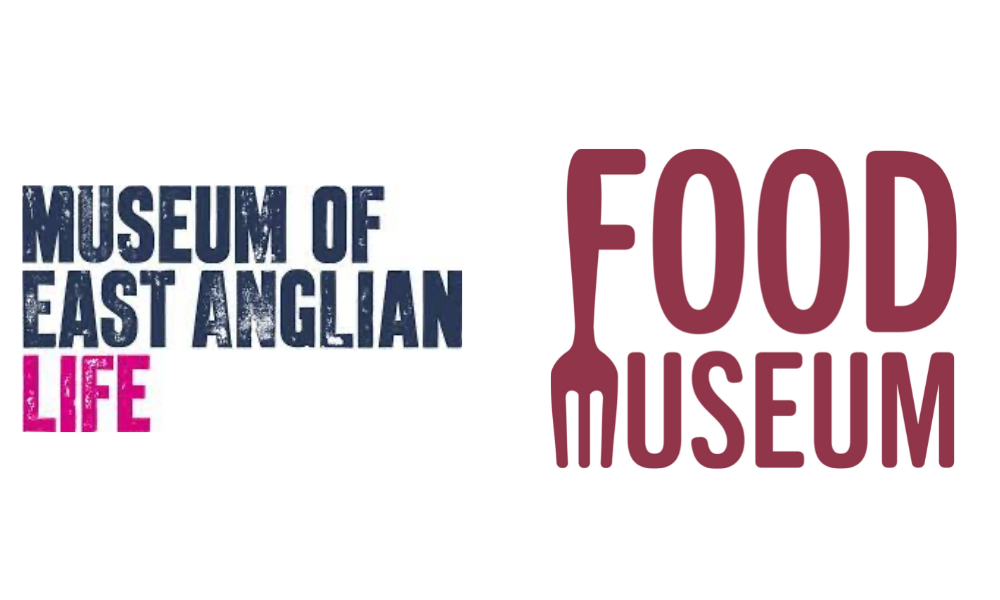The museum has existed for 55 years and the change is motivated by a recognition that as our audiences have changed, so should we. The original concept emerged from a masterplan which came out of a session with all staff, trustees and volunteers in 2017, taking an honest look at what worked and what didn’t.
There was a collective realisation that the museum’s existing collection is well placed to tell the story of food. East Anglia was known as ‘Britain’s Breadbasket’. Food is the common thread which runs through the medieval barn, watermill and walled garden; through the carts, milk floats and machinery, animals and kitchens.
Over the years that followed, the museum undertook detailed consultation with audiences and stakeholders, including online surveys, on the street interviews, focus groups, displays and events.
Current generations do not have the same first-hand memories of and commitment to the age of horse-powered farming. From the consultation, we realised that if we want people to engage with our local heritage, we need to present it in a way that is accessible and interesting to them.
We want to honour the journey that the museum has already made and the contributions of generations of volunteers, staff, donors and funders. Local heritage remains a priority – our travelling exhibition ‘Food Stories’ is visiting 20 villages in Suffolk, Norfolk and Essex this year to collect local dialect words and recipes.

The museum team are excited by the possibilities that the rebrand opens up. Everybody eats, and therefore everyone can relate to food in some way. We want to create a Food Museum that has widespread appeal. We’ve done a lot of groundwork and thinking to underpin the vision and we think that the potential is huge – it opens up possibilities to explore important environmental issues, to consider the relationship between food and wellbeing, to look at food as culture and identity.
The museum is seeking to deliver a visitor experience which brings processes alive, teaches skills and shares and collects intangible heritage. Britain’s diet has been altered over the centuries through interaction with other cultures. Our food can create a map of where we have been and who we are now. Cooking is a creative art, is open to all, and is a positive and pleasurable way of sharing culture.
Covid has made many people reflect on their relationship with food and how it gets to them, including the environmental impact of our choices. The museum’s first year as the Food Museum will be marked by a strong focus on the environment and how it is shaped by food production. A new exhibition space will open in late June and the first annual exhibition is a collaboration with young curator-artist collective ‘Our Isles’ to explore the intersection between farming and nature through hedgerows. As well as the new exhibition space, there will be a restored watermill, a sculpture trail along the river and a new café.
It’s a work-in-progress which is going to take years rather than a finished capital refurbishment. Our site is pretty big! We can’t do everything we’d like to overnight, but we hope that people will come and join us on our journey and we’re always keen to explore partnerships.









